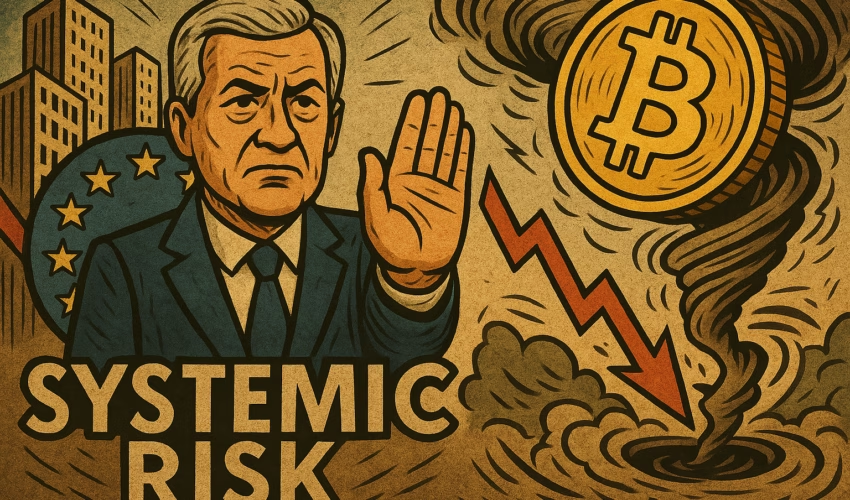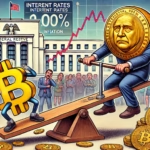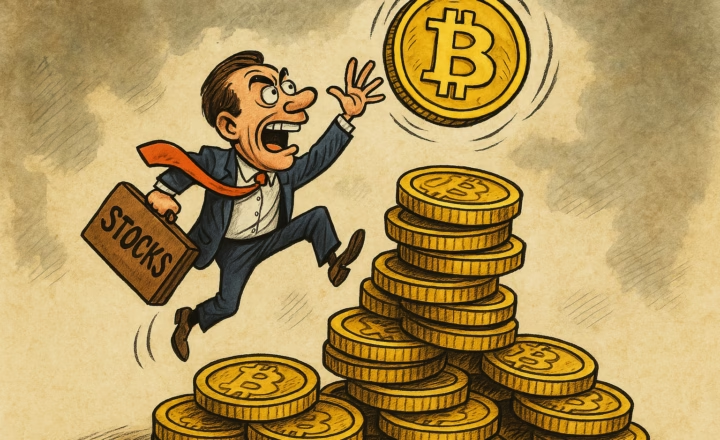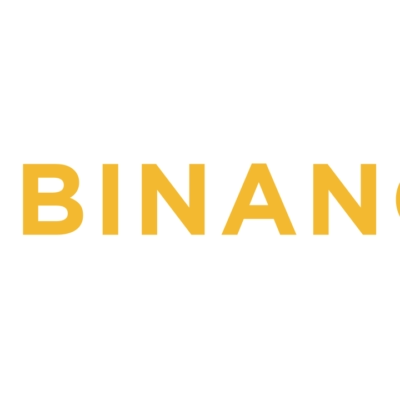ESMA Urges Closer Oversight as Crypto Ties to Traditional Finance Deepen
As the crypto market grows in size and influence, the European Securities and Markets Authority (ESMA) is warning that digital assets may soon become a source of systemic risk to the broader financial ecosystem.
Speaking before the European Parliament’s Economic and Monetary Affairs Committee on April 8, ESMA Executive Director Natasha Cazenave cautioned that although crypto currently accounts for just 1% of global financial assets, its growing entanglement with traditional finance could cause amplified spillover effects in the next major downturn.
“We cannot rule out that future sharp drops in crypto prices could have knock-on effects on our financial system,” Cazenave said.
She pointed to the rapid adoption of spot crypto exchange-traded funds (ETFs), increasing stablecoin usage, and the mounting risk of hacks and scandals, including the $1.4 billion Bybit exploit and the FTX collapse, as reasons for regulators to remain vigilant.
Crypto’s Growing Footprint—and Fragility
Cazenave acknowledged that the European Union’s Markets in Crypto-Assets (MiCA) regulation, which came into effect last year, has laid an important foundation for oversight. But she added that crypto markets remain inherently volatile, and no digital asset should be considered “safe” under current conditions.
“Crypto-assets markets evolve quickly, in an often unpredictable manner, and we need to keep a close eye on these developments,” she warned.
“Turmoil, even in small markets, can originate or catalyze broader stability issues in our financial system.”
Her remarks highlight the emerging regulatory dilemma: How to balance innovation with resilience in a sector that’s fast becoming too integrated to ignore, but not yet mature enough to fully trust.
Today in the ECON Committee, the role of crypto assets in relation to financial market stability was discussed. The European Central Bank (ECB) and the European Securities and Markets Authority (ESMA) were present.
I raised a critical question about the digital euro.… pic.twitter.com/KST7FRBhFF
— Engin Eroglu (@EnginEroglu_FW) April 8, 2025
Europe Lags U.S. in Institutional Adoption
Despite concerns over crypto’s growing influence, Cazenave noted that the European banking sector has largely stayed on the sidelines. Over 95% of EU banks reportedly have no exposure to digital assets, in stark contrast to the United States, where crypto adoption among institutions and trading platforms is more advanced.
That said, retail participation in crypto is growing across Europe, with 10–20% of European investors reportedly holding digital assets. This mirrors global adoption trends and suggests that even without institutional involvement, retail demand could become a vector for risk transmission.
Meanwhile, U.S. crypto ownership is estimated between 15% and 28%, according to industry reports—underscoring America’s lead in mainstream digital asset exposure.
Market Volatility Heightens Regulatory Urgency
Cazenave’s comments come as both global equities and crypto markets have endured double-digit drawdowns in recent weeks, driven largely by President Trump’s aggressive tariff policy. As protectionist trade measures ripple across capital markets, analysts warn that asset price shocks could test the fragile linkages between crypto and traditional finance.
In such an environment, even modest crypto instability could trigger outsized reactions, particularly if digital assets are intertwined with derivatives, leveraged products, or custody infrastructure held by banks and asset managers.
Final Thoughts: From Niche to Systemically Noteworthy
ESMA’s warning reflects a growing awareness that crypto is no longer a self-contained market. As integration accelerates—through ETFs, tokenized securities, and central bank digital currency experiments—regulators are racing to ensure that crypto doesn’t become a blind spot in future crises.
The European Union may trail the U.S. in adoption, but its regulatory clarity under MiCA gives it a chance to set global standards—if it can act fast enough to anticipate the next wave of digital asset complexity.
In a world of increasingly interconnected risks, crypto is no longer peripheral. It is becoming part of the fabric—and a potential fault line—of the financial system itself.












